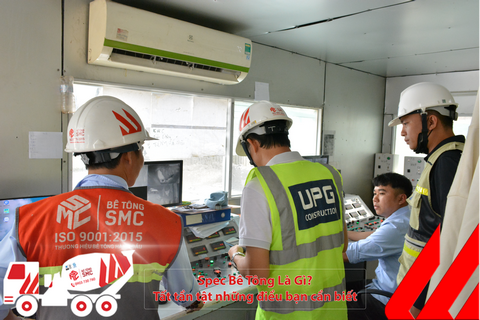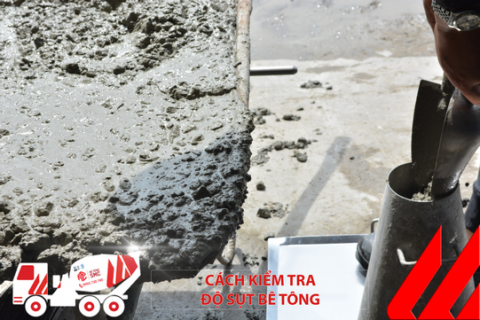Frequently asked Questions
Concrete engineering advice
Business contact
Detailed Guide to the Nevo Flat Slab Concrete Pouring Process
Flat slab Nevo technology is becoming a trend in green construction due to its outstanding advantages. This technology creates lightweight slabs, allows for long spans, optimizes material costs, and contributes to environmental protection by minimizing resource wastage. Let’s explore the construction process for Nevo flat slabs through the following steps with BÊ TÔNG SMC!
1. Preparation Work for Nevo Flat Slabs
Before proceeding with pouring concrete for the Nevo flat slab, the following preparatory steps need to be taken:
-
Site Survey: Conduct a field survey, measure, and record specific customer requirements.
-
Designing the Slab: Based on the collected data, proceed with designing the appropriate slab structure drawing.
-
Consultation & Agreement: After completing the design, consult and agree on the construction plan with the customer and sign the contract.
-
Handing Over Drawings: Deliver the design drawings to the construction unit and assign technical staff to support and supervise the implementation process.
-
Material Preparation: Ensure sufficient materials such as steel, formwork, and concrete, as well as prepare the workforce for construction.
-
Transporting Nevo Plastic Boxes: Transport and deliver Nevo plastic boxes to the construction site for installation.
Learn more: Concrete Aggregates: Key Factors Deciding Construction Quality
2. Concrete Pouring Process for Nevo Flat Slab
Once the preparation work is completed, the installation and pouring of concrete for Nevo flat slabs will be done in the following steps:
Step 1: Formwork Installation
Install the slab formwork according to technical standards and design requirements.
Step 2: Steel Mesh and Edge Beam Setup
Fabricate the slab steel mesh and the edge beam steel around the slab. Use spacers to ensure the slab’s thickness adheres to the design.
Step 3: Installation of Nevo Plastic Boxes
Install and secure Nevo plastic boxes in the correct positions and required spacing. Use connecting bars to ensure the virtual beam thickness follows the design specifications.
Step 4: Steel Fabrication for the Slab
Fabricate the top steel layer, column top steel, anti-puncture steel, and shear reinforcement steel according to technical instructions.
Step 5: Adding C-Shaped Steel
Install additional C-shaped steel to connect the two layers of slab steel, secure the Nevo boxes, and reduce upward buoyant force during the concrete pour. Clean the surface thoroughly before proceeding.
Step 6: Pouring the First Concrete Layer
Pour the first concrete layer using a boom pump to fill half the gap between the Nevo plastic boxes. Use a vibrator to ensure the concrete fills the slab below.
Step 7: Pouring the Second Concrete Layer
Once the first concrete layer has set but still retains some adhesion, pour the second layer directly on top of the Nevo box lids to minimize buoyant force. Use a surface trowel and vibrator to finish the slab surface.
Step 8: Curing the Concrete
Follow the technical procedure to cure the concrete properly to ensure the quality of the structure.
Step 9: Dismantling the Formwork
After the concrete reaches the required strength, remove the formwork, inspect the quality, and clean the slab surface.
This is the process for constructing Nevo flat slabs to optimize the quality and performance of the building. For detailed consultation, feel free to contact BÊ TÔNG SMC via our hotline for support!
Other news
Currently, ready-mix concrete is a top choice for many construction projects—both large and small—thanks to its convenience, consistent quality, and high construction efficiency. With extensive experience supplying commercial concrete for numerous key projects in the Southern region, SMC proudly offers a diverse range of ready-mix concrete products to meet the technical requirements of every type of construction.
A Comprehensive Guide to Concrete Specs – Everything You Need to Know
A Complete Guide to Concrete Specs – a set of technical parameters including concrete grade, slump, compressive strength, aggregate size, and mix ratio. This article helps you understand how to define, apply, and control concrete quality according to TCVN standards and practical construction conditions.
How to check the concrete slump
In construction and civil engineering, concrete slump test (or simple slump test) is the work performed at the construction site or in the laboratory that usually determines and measures the hardness, consistency of samples. Concrete before pouring concrete or casting maintenance, research or experiment samples.




